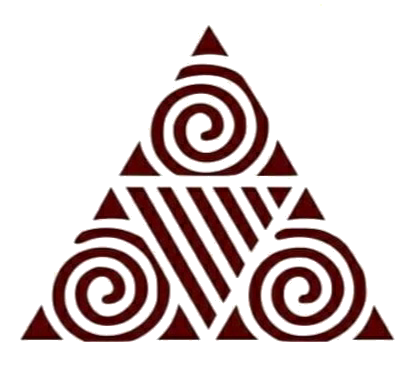
Past Chiefs
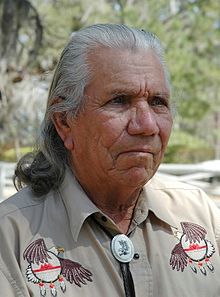
Chief Gilmer “Tunnie” Bennett
Born April 02, 1932 – Death October 22, 2015
He was a native of Monroe. Chief Bennett served his country proudly in the Korean War as a U.S. Marine. He was a retired carpenter. His commitment to his heritage was his bond. Chief Bennett awakened the existence of the Apalachee tribe, after contacting a veteran archaeologist who considered the mission-era Florida tribe missing for centuries, who was believed to have gone into hiding in the 1800’s. Chief Bennett’s story is recorded in the “Handbook of North American Indians” at the Smithsonian Institute. He was a strong believer of preserving nature. He left a strong legacy of commitment of work and family values and ethics to his family.
Chief Gilmer Bennett, Sr., age 83, of Libuse, entered eternal rest on a Thursday, October 22, 2015, at Christus St. Frances Cabrini Hospital, Alexandria, Louisiana.
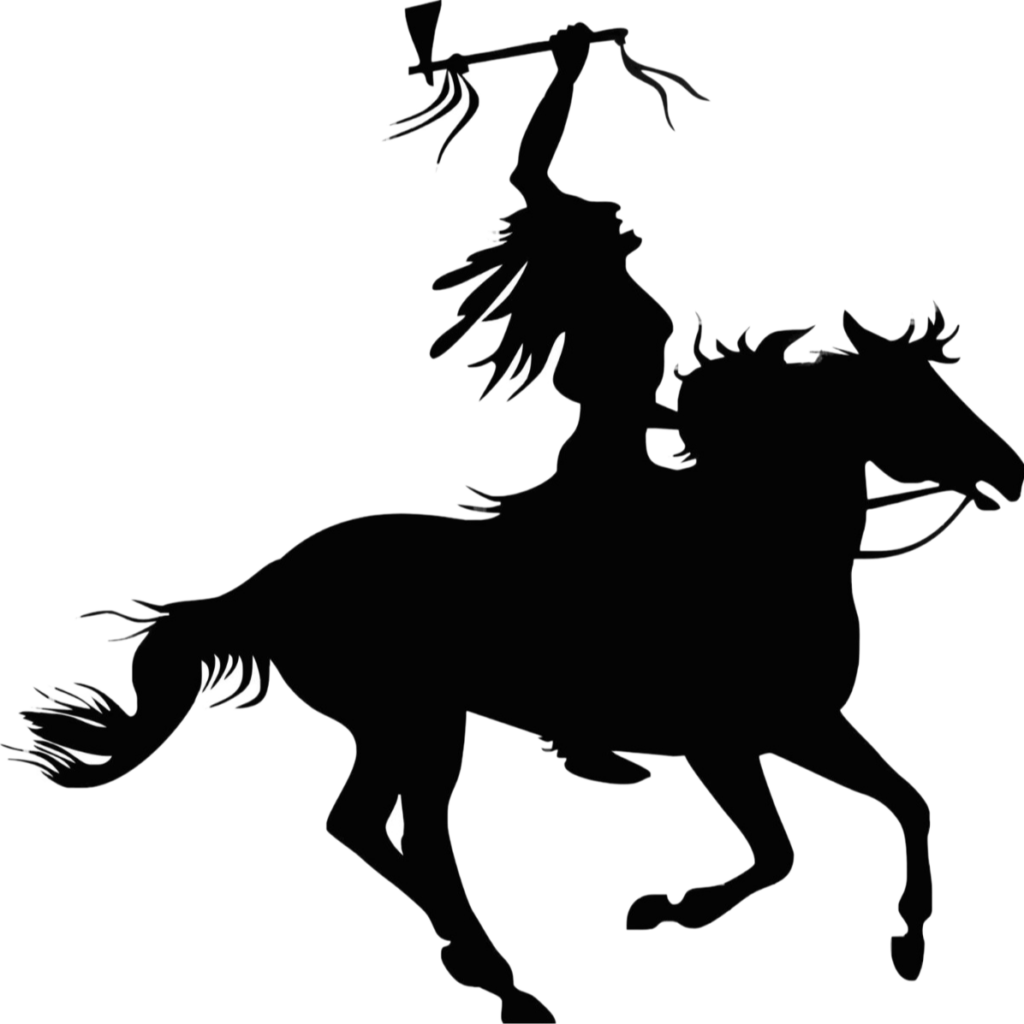
Chief Julian Vallery
Born 1900
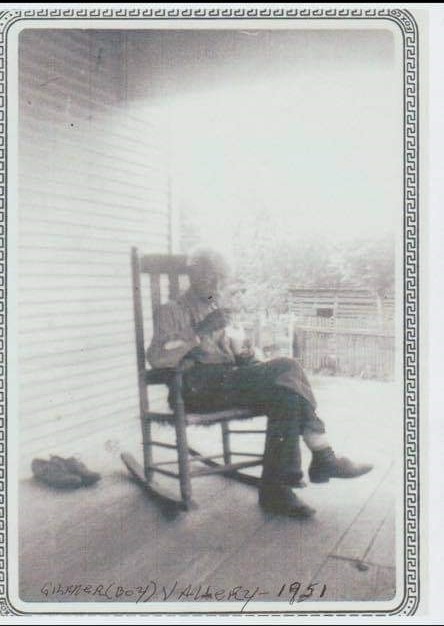
Chief Gilmer “Boy” Vallery
Born 1875

Chief Benjamin Benoit Vallery
Born 1840 – Death 1875

Chief Antonio Vallery
Born 1814

Chief Jacques Vallery
Born 1804

Chief Jean Baptiste Vallery
Born 1777 – Death 1853

Chief Solomon D’ Apalachee Vallery
Born 1747 – Death 1776
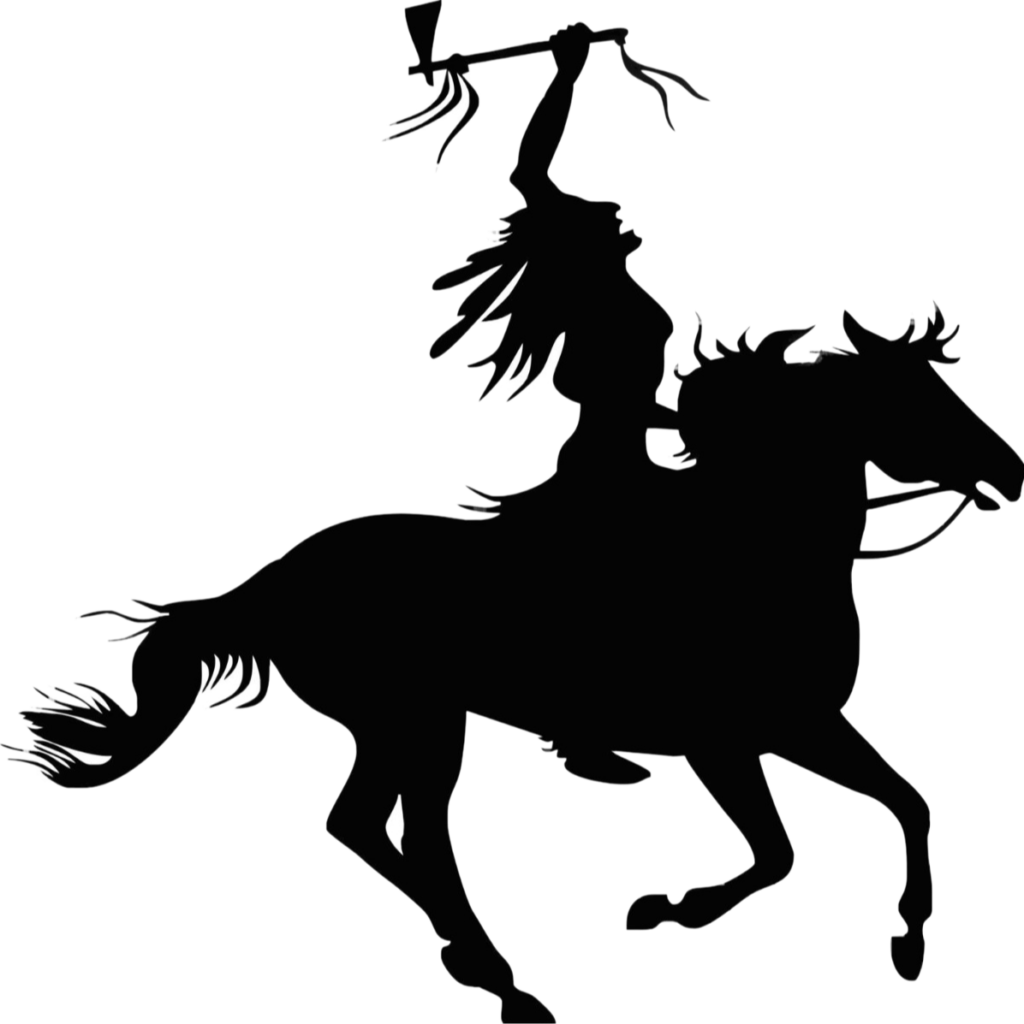
Chief Dennis Apalachee
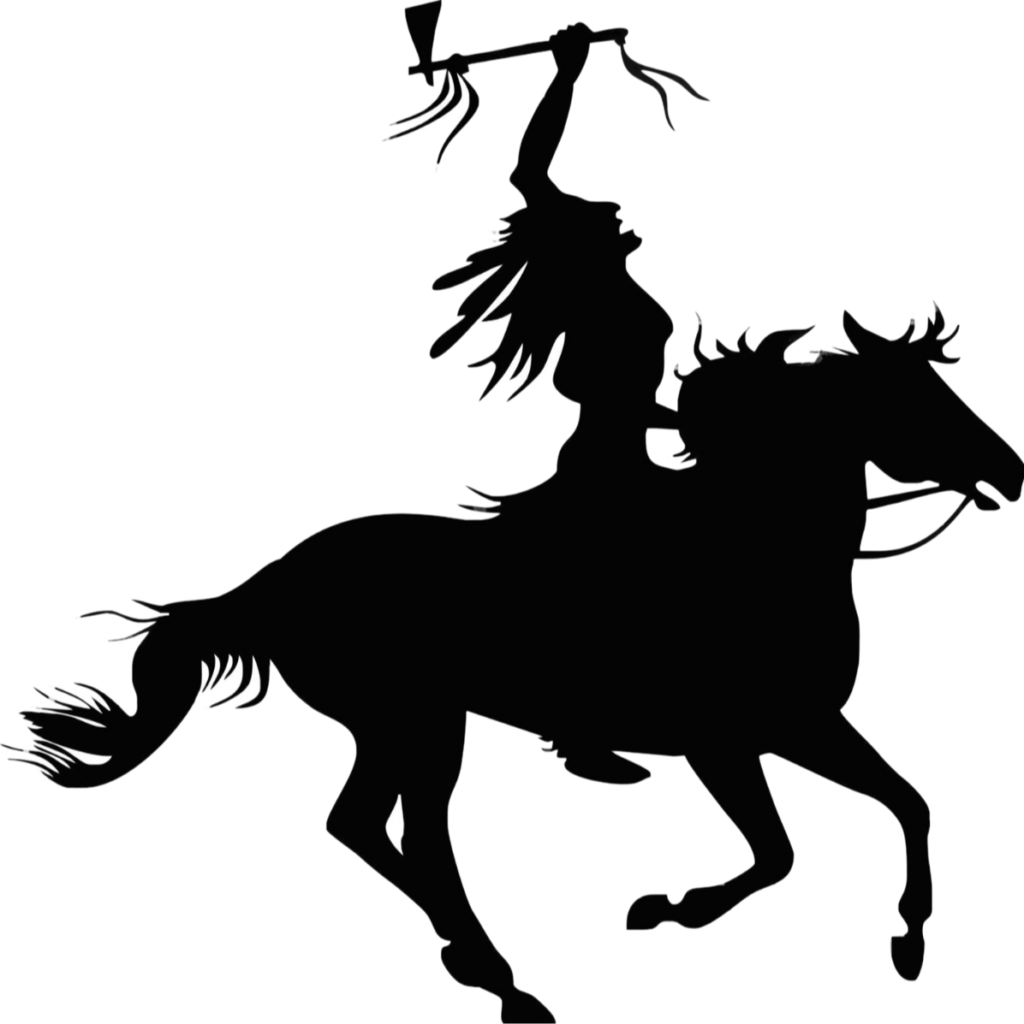
Chief Martin Apalachee
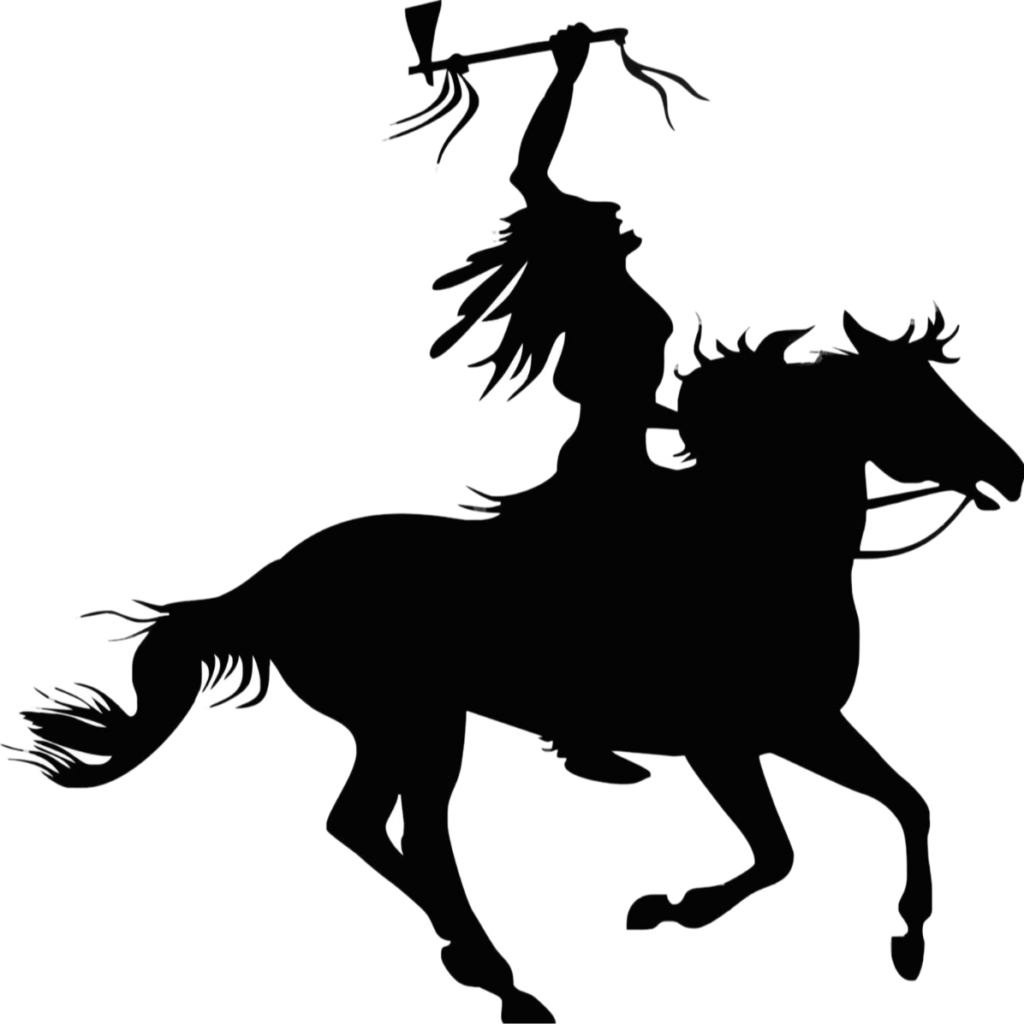
Chief Pierrot Apalachee

Chief Jean Apalachee
was changed from “Juan” to “Jean” when the Apalachee came to Louisiana seeking refuge within French Orlean territory from Mobile, AL in 1763.
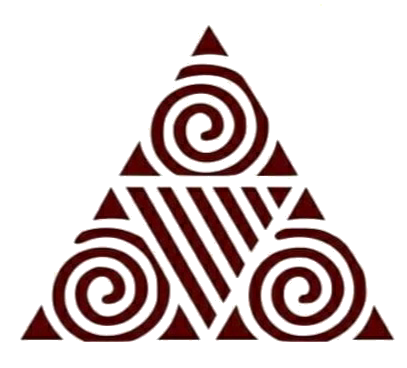
Chief Juan Marcos Ysfani
A young Apalachee chief, Juan Marcos Ysfani, left the Creek country in 1717 to meet with Spanish leaders in Pensacola to renew relationships between the Spanish and the Apalachee. His diplomatic mission sent him, along with an Upper Creek chief known as Tixjana, all the way to Mexico City that year to meet the Viceroy of New Spain. Returning to Pensacola with the new title of “Governor of the Apalachees,” Chief Ysfani led a group of Apalachee exiles from Creek country to Pensacola in 1718. Originally settling close to the Spanish presidio of Santa María, the Apalachee sought to construct a mission, complete with a church, north of Pensacola at the mouth of the Escambia (or “Chiscas”) River.
Named Nuestra Señora de la Soledad y San Luis, the settlement had over 100 villagers and attracted other displaced Apalachee in the area. This included the small community of Apalachee along the Perdido River, freed slaves from Creek country, and some Apalachee from Mobile Bay. Chief Ysfani also established a small Apalachee community near the
newly constructed Spanish Fort San Marcos de Apalache, just south of Tallahassee, in 1719. Later in the 1750’s, it was official mentioned that Chief Ysfani was the leader of Escambe. Mission San Joseph de Escambe was occupied in 1741 and destroyed in 1761. Chief Ysfani relocated permanently to San Miguel for protection and established a small joint settlement next to the presidio under the leadership of Yamasee chief Andrés Escuder. The small Indian village lasted until 1763, when at the end of the French and Indian War, Spain handed Pensacola over to the English. Some 103 Apalachee and Yamassee, including the now elderly Juan Marcos Ysfani, evacuated to Veracruz, Mexico with the Spanish.
Worth, John E., Danielle Dadiego, Michelle Pigott, and Jennifer Melcher
[2015] Mission San Joseph de Escambe: Archaeological Investigations 2009-2014. University of
West Florida, Archaeology Institute, Report of Investigations, Pensacola.
Year 1717 -1750’s

Holata Don Andres
chief of the major Apalachee town of San Luis. In February 1699, he and the chief of Ivitachuco wrote to the King of Spain himself, reporting that on account of the Florencias, many individuals had abandoned the province. Some newly Christian Tamas, expert tanners, had gone over to the English because the Florencias refused to pay them. The chiefs politely requested the King to hear their grievances and provide a protector. The letter was carried to Spain by a Franciscan friar.
Year 1699

Holata Don Patricio de Hinachuba
chief of the major Apalachee town of Ivitachuco. Known for his intelligence and politics, Don Patricio was loved and revered by the people of his town. In 1701, Chief Don Patricio de Hinachuba wrote to Captain Juan de Ayala Escobar about stopping the repartimiento. He presented himself as loyal to Spanish interests but insinuated that Apalachees might look for alternate alliances unless the Spanish ended the labor draft. Historian Amy Bushnell points out that Don Patricio’s letter “was a masterpiece of maneuver” that both reaffirmed and reprimanded Spanish actions. Surrounded by hostile Indian and European neighbors, Don Patricio needed strong protectors. He preferred the Spanish, but made clear that he was willing to entertain all other possibilities.
Year 1688 – Died Spring 1706 by Creek Band Near
St. Augustine
Don Nicolas de Cardenas
Nephew of Chief Don Patricio de Hinachuba and heir of Ivitachuco.
Died Spring 1706 by Creek Band Near St. Augustine
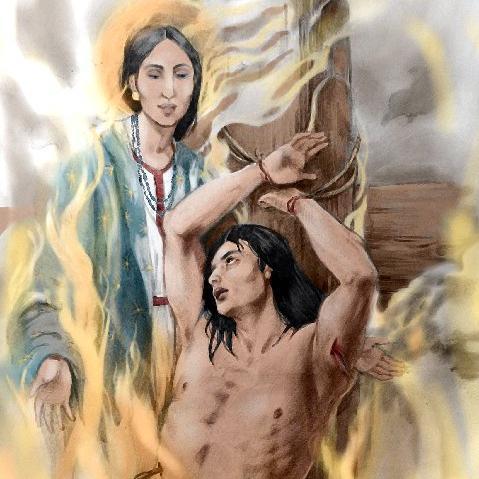
Inija Antonio Cuipa
inija (second in command) of the major Apalachee town of Thomole (San Martin). Antonio was tortured by the English to renounce his catholic faith. Being strong willed and not giving into his punishment, he eventually was burned at the stake by the English in the Apalachee Massacre of 1704. Today, Antonio is going through the process of becoming a saint of the catholic church from him enduring martyrdom so long ago.
Year 1657 as Inija, burned at the stake in 1704
Indigenous martyrs and Florida Catholic history | Florida | thefloridacatholic.org
Affiliated Apalachee Towns and the Holatas of 1657
Holata Bernardo– chief of the Apalachee town of Ciban.
Holata Diego – chief of the Apalachee town of San Diego.
Holata Bernardo– chief of the Apalachee town of Samoche.

Inija Benutra
Inija of the major Apalachee town of Ivitachuco
Year 1688

Holata Bernardo Hinachuba
chief of the major Apalachee town of Cupaica. Bernardo joined with Holata Fransico Luis of the Apalachee town (Inhayca) Talimali in an expedition against the Chisca Tribe and provided 70 warriors to the cause.
Year 1677

Inija Bip Bentura
inija (second in command) of the major Apalachee town of Talimali (San Luis de). Formerly known as the town of Inhayca, the Apalachee changed its name around 1675 for reasons unknown.
Year 1677

Holata Fransico Luis
chief of the major Apalachee town of Inahayca (San Luis de). He continued as holata through his late years and kept the relationship strong with the Spanish. The town changed its name in 1665 to Talimali (San Luis de). In 1677, Fransico Luis and Holata Bernardo of Cupaica met in the council house in Talimali to plan an expedition against raiders of the Chisca tribe and provided 85 warriors to the cause.
Year 1657- Year 1677
Affiliated Apalachee Towns and the Holatas of 1657
Holata Geronimo– chief of the Apalachee town of Abaslaco.
Holata Francisco– chief of the Apalachee town of San Francisco.

Holata Don Luis
chief of the major Apalachee town of Ivitachuco (San Lorenzo de). He was the first Apalachee to be given the title of “Don” from the Spanish.
Year 1647 – Year 1657
Affiliated Apalachee Towns and the Holatas of 1657
Holata Andres – chief of the Apalachee town of San Juan. Andres was one of Don Luis’ uncles.
Holata Pedro Munoz – chief of the Apalachee town of San Pablo.
Holata Thomas – chief of the Apalachee town of San Nicolas.
Holata Fabian – chief of the Apalachee town of Ajapasca.

Holata Alonso
chief of the major Apalachee town of Aspalaga (San Juan de)
Year 1657
Affiliated Apalachee Towns and the Holatas of 1657
Holata Manuel – chief of the Apalachee town of Pansacola.
Holata Sabe – chief of the Apalachee town of Christpobal.
Holata Santiago – chief of the Apalachee town of Jipe.

Holata Lucas
chief of the Apalachee/Yustaga town of Asile. Lucas was an uncle to Holata Don Luis. This town was under Yustaga control, but the Spanish executed its holata and installed Lucas to further the unity between the Spanish and the Apalachee.
Year 1657

Holata Baltasar
chief of the major Apalachee town of Cupaica (San Damien de)
Year 1657
Affiliated Apalachee Towns and the Holatas of 1657
Holata Bentura– chief of the Apalachee town of Nicapana.
Holata Lucas – chief of the Apalachee town of San Lucas.
Holata Bentura – chief of the Apalachee town of San Cosme.
Holata Martin – chief of the Apalachee town of Faltassa.

Holata Benito Ruiz
chief of the major Apalachee town of Ocuya (San Joesph de)
Year 1657
Affiliated Apalachee Towns and the Holatas of 1657
Holata Gaspar – chief of the Apalachee town of Sabacola. In 1677, an Apalachicola holata gain control of the town.
Holata Santiago – chief of the Apalachee town of Ajapaxca.
Holata Jeronimo – chief of the Apalachee town of Chali.

Holata Martin
chief of the major Apalachee town of de Ayubale (Santa Maria)
Year 1657
Affiliated Apalachee Towns and the Holatas of 1657
Holata Andrian – chief of the Apalachee town of Cutachuba.

Holata Fransico Martin
chief of the major Apalachee town of de Ocone (San Francsico)
Year 1657
Affiliated Apalachee Towns and the Holatas of 1657
Holata Alonso Martin – chief of the Apalachee town of San Miguel.

Holata Alonso
chief of the major Apalachee town of Bacuqua (Santa Maria de)
Year 1657
Affiliated Apalachee Towns and the Holatas of 1657
Holata Martin – chief of the Apalachee town of Guaca.

Holata Baltasar
chief of the major Apalachee town of Patale (San Pedro de)
Year 1657
Affiliated Apalachee Towns and the Holatas of 1657
Holata Francisco – chief of the Apalachee town of Ajamano.
Holata Alonso – chief of the Apalachee town of Talpahique.
History shows that a small band of Apalachee Indians traveled from the panhandle of Florida to Mobile, Alabama, to eventually settling along the Red River in central Louisiana. The Chiefs that lead our people had hopes of surviving persecution and hostile environments, to finally finding a peaceful place to call home. With much discretion and careful planning, our ancestors were able to secure that the Apalachee people survived and with their efforts we are thankful to be here today! Unfortunately, our people still endure persecution from federal tribe leaders and modern American governments.
